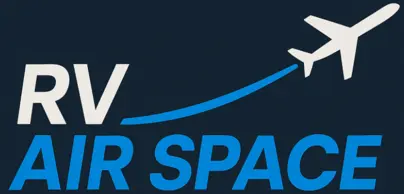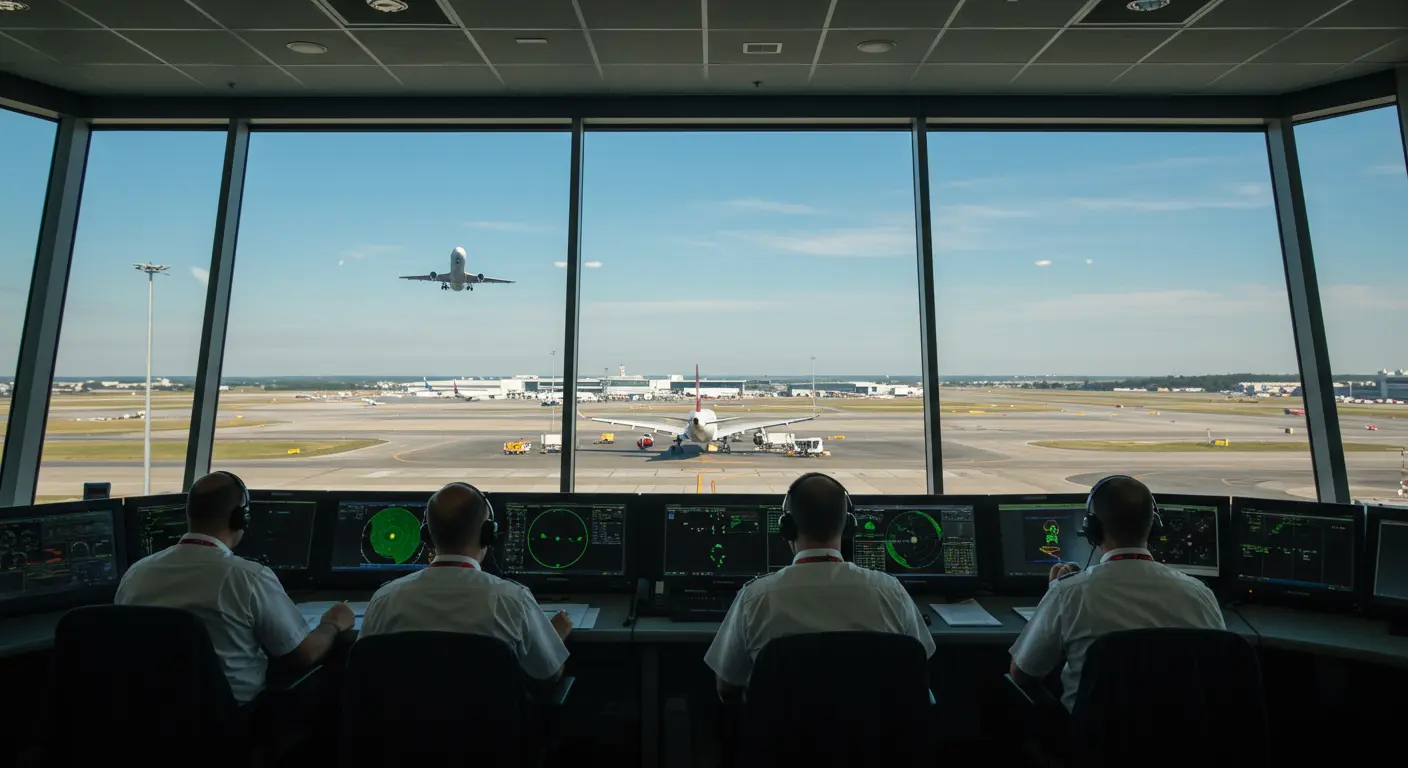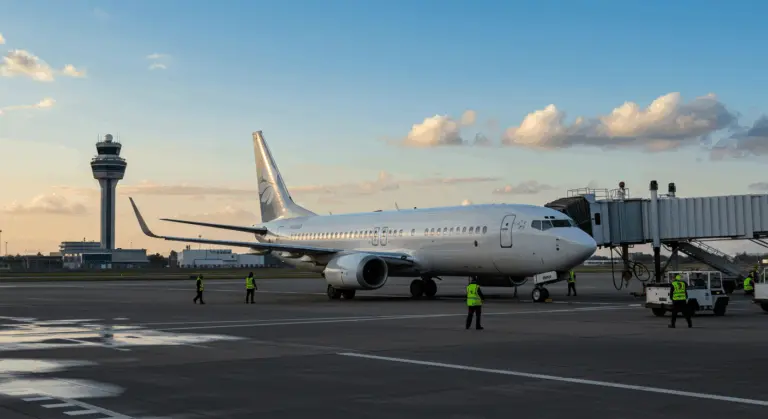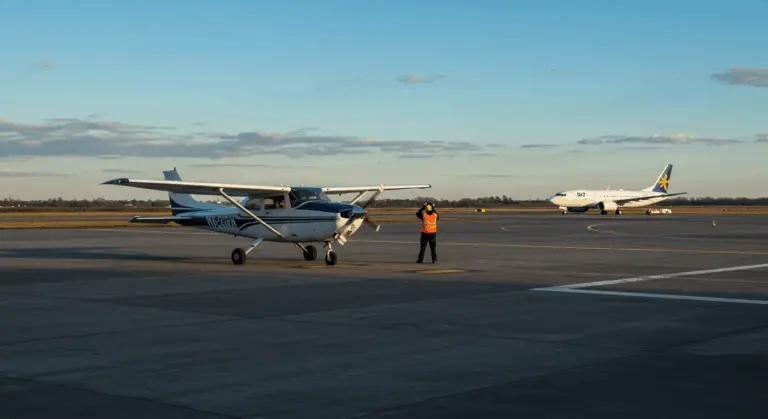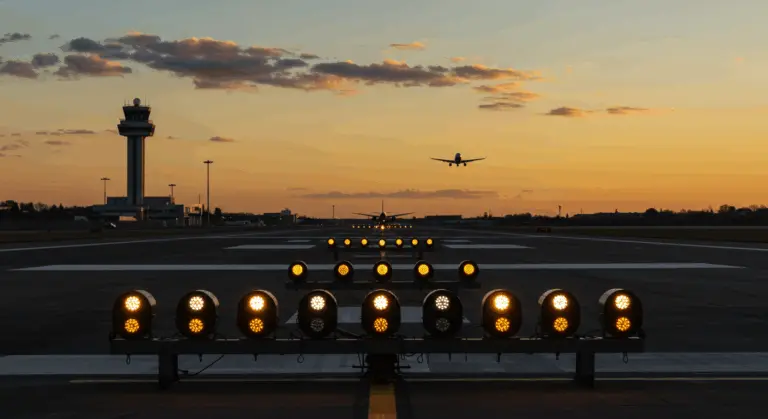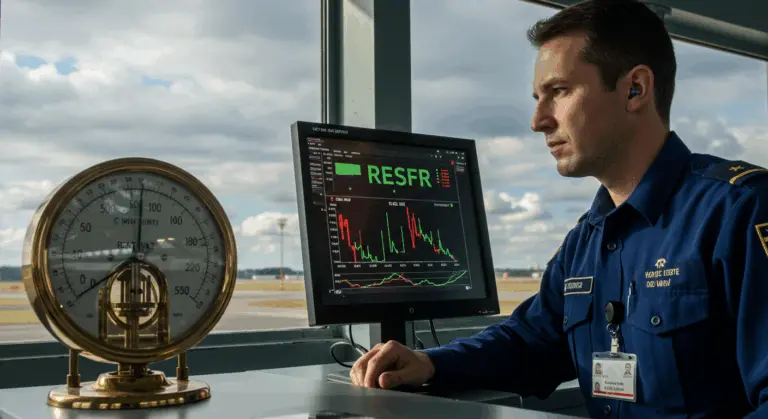Is There a Speed Limit for Planes? Understanding Aircraft Regulations
Understanding Aircraft Speed Limits
Aircraft speed is constrained by three primary elements:
-
Engine Power: Time limits at full power.
-
Structural Integrity: Limitations at lower altitudes.
-
Aerodynamics: Considerations at higher altitudes.
For pilots, mastering different types of airspeed measurements is essential for safe operation. These measurements enable them to interpret their aircraft’s performance with precision, comply with regulatory speed limits, and maintain safety across varying altitudes and weather conditions. The relationship between indicated airspeed—what pilots observe on their instruments—and true airspeed—the aircraft’s actual velocity through the air—shifts dramatically with altitude. This makes understanding these concepts crucial for flight safety.
Among the most critical markings on any airspeed indicator is the red line denoting VNE (never-exceed speed)—the absolute maximum velocity an aircraft can safely achieve. Crossing this threshold risks catastrophic structural failure. Why? Aerodynamic forces overwhelm the airframe.
The indicator employs a sophisticated color-coding system for instant reference: a green arc marks the normal operating range, a yellow arc signals the caution zone (smooth air only), and that unmistakable red line warns of VNE. This visual language provides immediate feedback on the aircraft’s speed relative to its structural boundaries.
Speed Limits Below 10,000 Feet MSL
One of aviation’s most fundamental speed regulations governs aircraft operating below 10,000 feet Mean Sea Level (MSL). Federal Aviation Administration (FAA) regulations clearly state: no person may operate an aircraft below this altitude at an indicated airspeed exceeding 250 knots (288 mph). This restriction applies universally across all airspace classes, including Class G (uncontrolled) airspace, unless the pilot obtains specific authorization from the Administrator.
This 250-knot speed limit serves several critical safety purposes:
-
It reduces collision risk in high-density airspace.
-
It gives pilots more time to see and avoid other aircraft.
-
It helps air traffic controllers maintain separation.
This regulation carries particular weight because below 10,000 feet, aircraft frequently encounter a complex mix of commercial, private, and recreational traffic. At these lower altitudes, aircraft may be transitioning between critical flight phases—climbing after takeoff, descending for landing, or maneuvering for approach. Consistent speed limitations are essential for maintaining predictable traffic flow.
Importantly, this restriction applies to indicated airspeed (displayed on instruments), not true airspeed, since it directly correlates with aerodynamic forces acting on the airframe. Exceptions? They require specific FAA authorization for special or emergency operations.
Speed Restrictions Above 10,000 Feet MSL
Above 10,000 feet MSL, the restrictive 250-knot limitation lifts, allowing for more efficient travel at higher speeds. Pilots may exceed 250 knots unless Air Traffic Control directs otherwise.
However, speeds aren’t unlimited in this realm. Air Traffic Control frequently assigns speed restrictions to manage traffic flow and ensure safe separation, particularly in congested corridors.
Commercial airliners typically cruise between 450–500 knots (518-575 mph) once they reach their assigned altitude above 10,000 feet. Military aircraft and some business jets may operate at even higher velocities. The upper speed limit for subsonic aircraft is generally dictated by structural design limitations and the onset of transonic effects rather than regulatory restrictions.
Regardless of these relaxed regulations, pilots must always honor their aircraft’s specific limitations, such as maximum operating speed (VMO) and never-exceed speed (VNE). These aircraft-specific limits always take precedence.
Speed Limits in Class B Airspace
Class B airspace, which surrounds the nation’s busiest airports, implements specific speed restrictions based on altitude and position. This approach manages the area’s intense traffic density.
While the standard 250-knot limit applies below 10,000 feet MSL, a more restrictive 200-knot (230 mph) limit governs VFR corridors passing through Class B airspace.
Aircraft flying in the airspace underlying a Class B area face the same 200-knot (230 mph) restriction. This creates a safer, lower-speed buffer zone beneath the primary controlled airspace.
Speed Restrictions in Class C and D Airspace
In Class C and D airspace, a more stringent speed limit applies near the primary airport: aircraft must not exceed 200 knots (230 mph) within 4 nautical miles and at or below 2,500 feet above the ground.
This speed limitation creates a safety buffer in the critical approach and departure corridors. Here, aircraft density peaks and the mix of aircraft types becomes most diverse. The restriction ensures adequate reaction time for both pilots and air traffic controllers to maintain proper separation in these demanding environments.
Air Traffic Control can authorize or require different speeds to manage traffic flow, providing essential operational flexibility when circumstances demand it.
This targeted 200-knot limit addresses the increased risk of conflict in the busy, low-altitude environment surrounding these airports. It contrasts sharply with the broader 250-knot rule applied elsewhere.
The Role of Air Traffic Control in Speed Management
Air Traffic Control plays a central role in speed management, actively directing aircraft speeds in real-time to maintain safe separation and optimize traffic flow throughout the airspace system.
Controllers employ sophisticated radar systems and communication tools to track multiple aircraft simultaneously. They issue speed adjustments based on traffic density, weather conditions, and airspace constraints. These instructions are mandatory for pilots operating under both Visual Flight Rules (VFR) and Instrument Flight Rules (IFR), superseding standard regulatory speed limits when operational efficiency or safety demands it.
Speed management becomes particularly critical during approach and landing sequences at busy airports. Controllers coordinate the flow of arriving aircraft by assigning specific speeds to maintain proper spacing—typically 3-5 nautical miles between consecutive planes. This process, known as “speed control,” maximizes runway capacity while ensuring adequate separation for wake turbulence dissipation.
ATC may issue precise instructions such as “maintain 210 knots until 10 miles from the airport” or “reduce speed to 180 knots” to manage the arrival sequence. During congestion periods, controllers might implement broader traffic management initiatives. These include speed restrictions across entire sectors of airspace to regulate aircraft flow into busy terminal areas.
Crucially, ATC can authorize speeds above regulatory limits when operationally necessary. For instance, they might instruct an aircraft to exceed 250 knots below 10,000 feet to ensure proper spacing. This flexibility is essential for dynamic and safe airspace management.
Different Phases of Flight and Speed Variations
Aircraft operate at dramatically different speeds throughout various flight phases, each carefully calibrated for safety and performance. These speed variations aren’t arbitrary—they reflect the changing aerodynamic requirements and safety considerations as an aircraft progresses from takeoff to landing.
During takeoff and initial climb phases, pilots gradually accelerate while maintaining precise control of the flight path. As the plane climbs away from the airport environment, speeds typically remain below 200 knots, particularly within 4 nautical miles of Class C and D airports and below 2,500 feet above the surface. This restriction ensures safe separation from other aircraft in these congested zones.
Upon climbing through 10,000 feet MSL, speed restrictions relax dramatically. Aircraft accelerate to cruising speeds. Commercial airliners typically cruise between 450–500 knots (518-575 mph), with the primary upper limit for civil aircraft being Mach 1.
During descent, pilots carefully manage their speed to meet both regulatory and ATC requirements. They slow to 250 knots before descending through 10,000 feet and further reduce to 200 knots when entering applicable Class C or D airspace.
The final approach and landing phases demand the most significant deceleration. Aircraft transition from initial approach speeds of 140–180 knots down to final touchdown speeds, typically 130–150 knots for commercial jets. This allows for proper aircraft configuration with flaps and landing gear for a stable landing.
This managed speed profile demonstrates how aviation balances efficiency with safety. It applies stricter controls in congested, low-altitude environments where collision risks reach their peak.
Can Pilot Be Penalized for Flying Too Fast?
Absolutely. Pilots who exceed established speed limits can face serious consequences of aviation authorities. The Federal Aviation Administration (FAA) and other regulatory bodies worldwide take speed violations seriously, as they directly impact aviation safety and air traffic management systems.
The severity of penalties depends on several factors:
-
Whether the violation was intentional.
-
The extent of the speed excess.
-
Whether it created a safety hazard or disrupted ATC operations.
Penalties span a wide spectrum—from warning letters and remedial training for minor infractions to certificate suspension or even revocation for serious or willful violations that endanger safety.
Commercial pilots operating under Part 121 or Part 135 regulations face additional scrutiny. Their employers may impose their own disciplinary measures, including removal from flight status or termination of employment. Airlines and charter companies have powerful incentives to ensure pilot compliance with all regulations, as the companies themselves can face penalties for systematic violations by their flight crews.
Modern technology—including radar, ADS-B, and flight data recorders—provides irrefutable evidence of aircraft speed. This makes enforcement more precise and acts as a strong deterrent.
Frequently Asked Questions About Aircraft Speed Limits
Understanding aircraft speed regulations can be complex, so here are answers to some of the most frequently asked questions about this crucial aspect of aviation safety:
Why do aircraft have speed limits?
Aircraft speed limits ensure safety and efficient air traffic management. They help to:
-
Prevent collisions in congested airspace.
-
Maintain proper separation between aircraft.
-
Provide pilots and controllers with adequate reaction time.
Below 10,000 feet mean sea level (MSL), aircraft are generally restricted to a maximum indicated airspeed of 250 knots (288 mph), unless aviation authorities grant specific authorization. This limit applies across most airspace classes to reduce collision risks at lower altitudes where visibility and reaction time become more critical.
Absolutely. Within 4 nautical miles of the primary airport in Class C or D airspace and at or below 2,500 feet above the surface, aircraft must not exceed 200 knots (230 mph). This lower limit enhances safety in areas with heightened traffic density and aircraft operating at various speeds and altitudes.
In Class B airspace below 10,000 feet, the standard 250-knot limit applies. However, when operating in the airspace underneath Class B airspace or in designated VFR corridors through Class B airspace, aircraft must not exceed 200 knots (230 mph). These restrictions help manage the intricate mix of arriving and departing traffic around major airports.
Above 10,000 feet MSL, there’s no fixed speed limit except that aircraft must not exceed Mach 1 (the speed of sound) over U.S. territory due to sonic boom restrictions. However, air traffic control frequently imposes specific speed restrictions for traffic flow management and to maintain proper separation between aircraft.
How do pilots monitor their airspeed to comply with these limits?
Pilots use several tools to monitor and comply with speed limits:
-
Airspeed Indicator: The primary instrument showing indicated airspeed.
-
Digital Displays & Alerts: Modern cockpits have systems that warn pilots if they approach a speed limit.
-
Air Traffic Control: ATC monitors aircraft speed via radar and issues speed adjustments.
Yes, exceptions can be granted by air traffic control or through special authorizations. Military aircraft, emergency operations, and certain approved flight operations may receive exemptions when necessary. Safety remains the paramount consideration in all cases.
